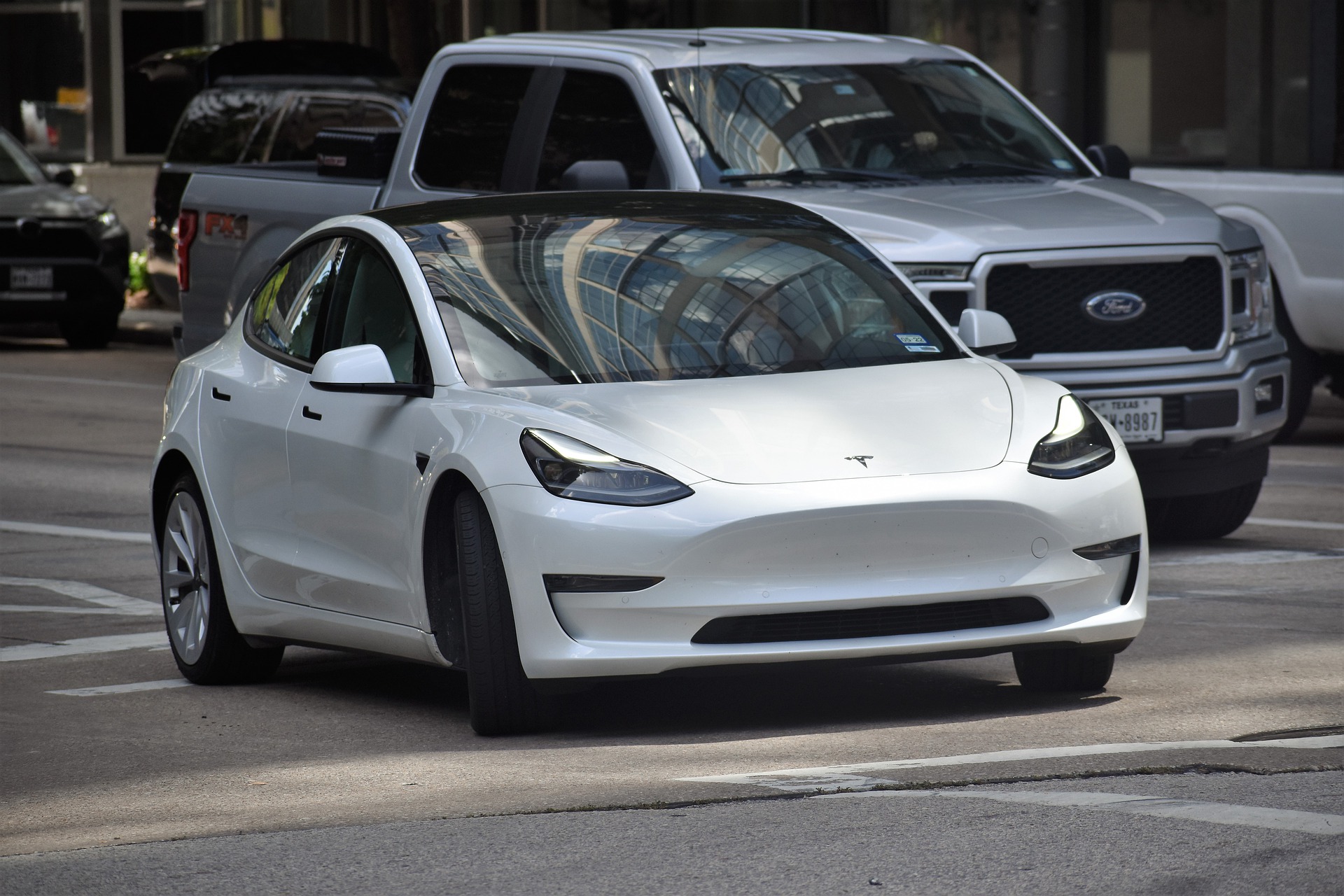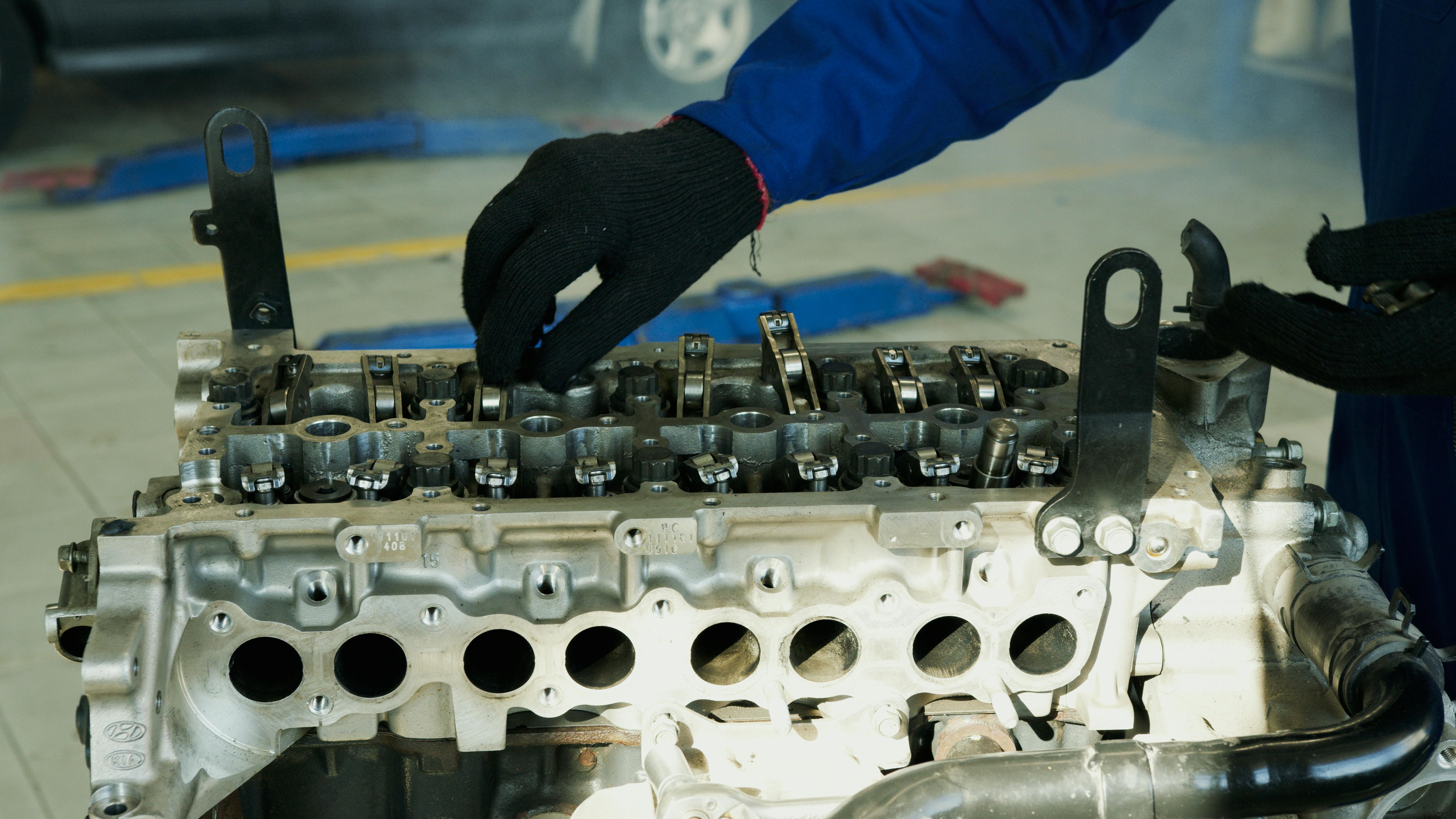Reinventing the Wheel: The Advent of Airless Tires
The world of automotive innovation never ceases to amaze, and today, we delve into the fascinating realm of airless tires. Shattering the traditional paradigm of tire design, these novel inventions promise superior durability, performance, and sustainability. But how did we get here, and what does the future hold for this groundbreaking technology?

Deflating the Past: A Brief Overview of Airless Tires
Airless tires, also known as non-pneumatic tires (NPT), have roots that stretch back to the 19th century, with the invention of the first solid rubber tires. Traditional pneumatic tires, filled with pressurized air, have dominated the landscape for over a century, but their vulnerability to punctures and blowouts has driven the search for alternatives. Enter airless tires: a structural design that substitutes pressurized air with a solid, resilient material, eliminating the risk of flats and offering intriguing potential for improved performance and longevity.
Today’s State of Play: The Current Landscape of Airless Tires
Several major manufacturers, like Michelin and Bridgestone, are actively developing airless tire technology, with prototypes already undergoing rigorous testing. These modern iterations are a far cry from their solid rubber forebears, utilizing advanced materials like thermoplastic resins to create a flexible, shock-absorbing structure that mimics the feel and performance of pneumatic tires – without the risk of punctures.
Impact and Implications: How Airless Tires Could Change the Game
The potential benefits of airless tires are manifold. From a practical standpoint, they promise an end to roadside tire changes, a significant safety improvement. They also offer the potential for a more consistent ride quality, as their performance doesn’t degrade with pressure loss over time. From an environmental perspective, airless tires could lead to significant reductions in waste and raw material use, as they are designed to be retreaded rather than replaced.
Challenges on the Horizon: Obstacles to Widespread Adoption
Despite these advantages, airless tire technology is not without its challenges. One key hurdle is cost: current prototypes are expensive to produce, and it remains to be seen whether they can be made cost-effective for the mass market. Additionally, while airless tires perform well in laboratory tests, their performance in real-world conditions – particularly at high speeds or under heavy loads – is still uncertain. Finally, there are regulatory hurdles to overcome before airless tires can be approved for widespread use on public roads.
Looking Ahead: The Future of Airless Tires
In the face of these challenges, the outlook for airless tire technology remains promising. Manufacturers are making steady progress in overcoming technical hurdles, and the potential benefits – both practical and environmental – are too significant to ignore. As we move forward into the 21st century, the question may not be if airless tires become the norm, but when.
In the grand scheme of automotive innovation, airless tires represent a potential game-changer. Their promise of convenience, performance, and sustainability could make them a vital component of the future automotive landscape, but much work remains to be done. As we continue to push the boundaries of what’s possible on four wheels, one thing is certain: the journey is just as exciting as the destination.




